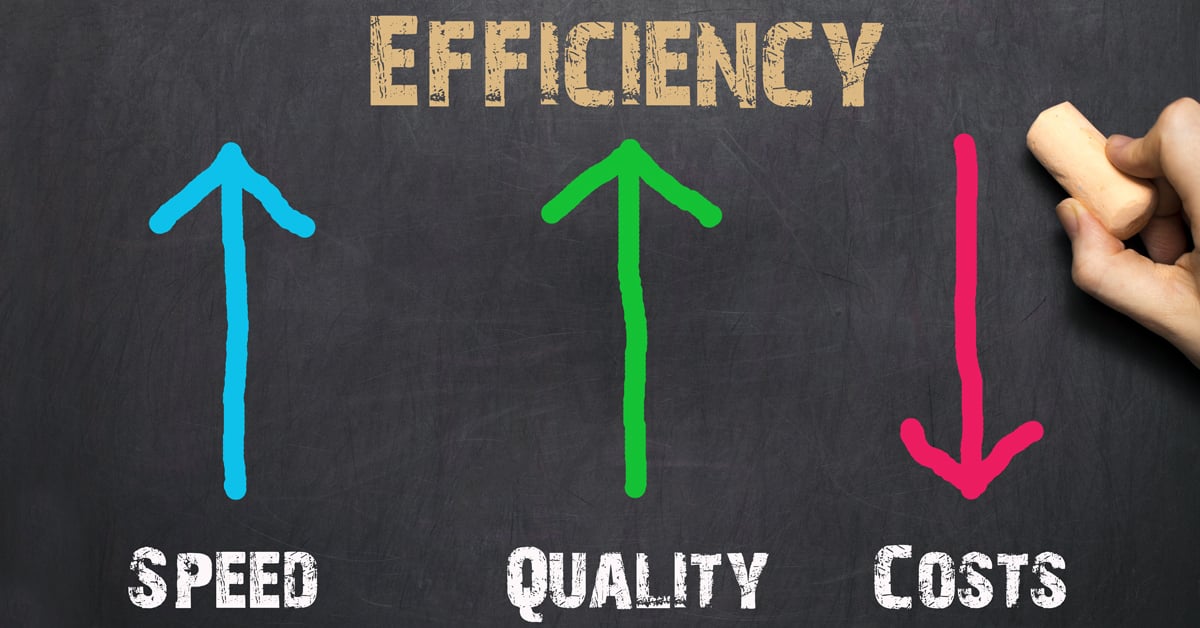-
MarTech Services
- HubSpot
- OneSignal
HubSpot
Technical Consulting
Partner with experts who understand your HubSpot systems and business needs inside out.
Revenue Operations
Drive revenue growth with tailored RevOps strategies designed for HubSpot users.
Hubspot Integration Services
Seamlessly integrate HubSpot with your existing tools to enhance operational efficiency.
Sales Enablement
Boost your sales team’s efficiency with focused HubSpot Sales Enablement solutions.
CRM Data Migration
Effortlessly migrate your CRM data to HubSpot with precision and support.
Hubspot Onboarding
Efficiently onboard clients to HubSpot, ensuring a smooth transition and rapid platform adoption.
HubSpot Administration
Maximize your HubSpot investment with expert management and optimisation tailored for HubSpot clients.
Marketing Assets Development
Develop, deploy, and manage digital assets, ensuring a fresh and engaging presence.
-
Solutions
-
Website Services
Website Development
We bring together expertise, creativity, and measurable results, making us the go-to choice for HubSpot website creation.
Website Migration
Our approach to website migration goes beyond a technical transfer; we prioritize a user-centric experience.
Website Maintenance
Optimize your online presence with effective, growth-driven websites focusing on nurturing website visitors, creating and deploying content, and tracking progress with precision.
Website Audit
Is your website performing at its peak? Our CMS Consultants are here to help you find out with our comprehensive Website Audit service.
-
Resources
-
Company
Clients
We have worked with clients from various industries across the globe, making our journey diverse and exciting.
Team
We put decades of experience where our mouth is. So what you get is market-tested and tried, not theory. We believe in plain speak, which we believe works better than jargon.
Solutions Partner
BlueOshan is not just a partner; we are among the most experienced and adept in the HubSpot ecosystem.
- Contact Us
How do you decide between HubSpot and Marketo?

Venu Gopal Nair
March 1, 2022

Marketo is built around email nurturing and automation. Which is a great point to start off on. Marketing, however needs to go far beyond and that’s where HubSpot comes into its own in ways that Marketo needs to catch up with.
You don’t get a CRM. That’s what most marketing campaigns and strategies are built around. And having a deep integration with the CRM makes it easy to track customer journeys and get teams aligned to the process of understanding customer needs and advancing conversion.
In Marketo’s case, its growth has come from the email nurturing tool. That is the foundation. But to be a completely functioning marketing platform, Marketo needs an in-house expert to manage requirements. In HubSpot’s case, marketing teams themselves can set up what they want once they are onboarded. The whole system can be viewed by different departments, including sales and services.
Marketo needs a well-trained specialist to operate and manage the platform. HubSpot enables internal teams to do what is required on their own
That makes it far easier to collaborate and get to working together. HubSpot treats the whole organisation as one working towards a single objective of planning, executing and tracking marketing and sales activities devoted to customer acquisition and management.
HubSpot is remarkably easy for teams to use
For marketing to work, it is important to generate quality leads, understand what works towards making conversion happen and meet defined goals. HubSpot’s integrates with most major social media platforms like Facebook, LinkedIn, and Google. But that's only the beginning. Finding out which campaigns drive better engagement, targeting better and handing over qualified leads to sales teams moves it like a baton in the relay race, where sales can take over to close out. Then, measuring campaign performances and connecting the ones that drive lead generation activities aligns your sales and marketing teams, and shortens sales cycles.
HubSpot offers both customer relationship management (CRM) and marketing automation (MA) solutions built on a common code base. HubSpot’s CRM is free, but feature rich, especially when you need to evaluate which of the leads are good prospects for targeting. Marketing Automation tools can then be deployed to keep in touch, track and deliver optimized and highly-relevant campaigns based on customer data centrally stored in the CRM.
HubSpot makes account based marketing (ABM) possible from the teams managing the relationship – and quicken response time
HubSpot understands that it is part of an ecosystem and customers have their internal preferences and tools of choice. HubSpot has partnered with different sales, marketing, and customer service apps outside of HubSpot and works off the bat with the leading ones in the industry, with an ecosystem of 300 integrations centrally located in the HubSpot App Marketplace.
To integrate as seamlessly, Marketo usually requires big integration projects and a specialized person to own and train and use the platform. Marketo works best with the Adobe Experience Cloud and this was built after Adobe acquired it in 2018. Now, that is an expensive platform for smaller companies with a significant upfront cost and annual recurring costs as well.

HubSpot simplifies the tech stack and reduces costs
With HubSpot marketing, sales, service, and operations teams collaborate to remove friction in the buyer’s journey. Ideally, internal teams should work together to support the inbound experience throughout the buyer's journey, in a seamless way. But in reality, alignment and process inefficiencies lead to friction and a negative experience that customers ultimately end up going through. That’s where HubSpot’s singular code base and its ability to present the same visibility to all members of the team to collaborate removes most process efficiencies.
Marketing can see which of the generated leads sales teams are working on and the progress made. When the sale closes, the services team comes into play and they have visibility of the customer journey which makes onboarding and integration much smoother.
It’s only when customers see the amount of integration needed for all of these activities to align that they appreciate the ease that HubSpot brings to the process.
For Marketo, you need to maintain connections in-house for the rest of your tech stack, such as CRM, Help Desk, CMS, etc. Which leads to greater costs and a much higher coordination effort to keep everything aligned.
Get granular reports with Hubspot
For individual forms, HubSpot’s reporting offers greater depth. Campaign-specific calculators can be set up to query visitors and understand their preferences. HubSpot offers data visualizations on form submissions that isn't possible with Marketo
Apart from seeing how many views and submissions a form receives, the options selected can be viewed. For example, in a form that differentiates between prospects looking at a trial for a Yoga class and those who want to enroll, the differences can be estimated. With Marketo, the same data would need to be exported to a spreadsheet for analysis.
This leads to understanding customers better rather than overall metrics of traffic and views, which are more general in nature.
With HubSpot, all of your analytics are readily available in one place - from top of the funnel performance metrics all the way to multi-touch revenue attribution. With the ability to connect every customer interaction to revenue, you can make strategic decisions rooted in business value. No manual integration is required.
Using Marketo you have the ability to get robust reporting from high-level engagement analytics to revenue reporting. The reporting does require manual setup, which can take a significant amount of time.
HubSpot comes with all the tools you need to build your growth machine, create a delightful customer experience and drive results for your business.
Combining HubSpot’s Marketing Automation platform, CMS and CRM into one easy-to-use platform unifies and aligns internal teams to report across systems, use data to better target customers and manage your website.
With Marketo, leaders need to entrust a handful of individuals with control over their tech stack. Instead of democratizing access to maximize effectiveness, your future growth is pinned to the skill, initiative, and availability of technical gatekeepers.
In this model, linking marketing initiatives to sales or service data becomes a chore rather than an essential function.
Talk to our consultants and get to know more. Including migrations from Marketo to HubSpot

Venu Gopal Nair
Advertising and Branding Specialist, CEO - Ideascape Communications, A professional journey through the tumultuous years of advertising and communication, starting in 1984. Started out in the age of print, saw the changes with the entry of satellite TV and the momentous transition to digital. Advertising and branding today is vastly different from its practices in the 20th century and the last two decades have seen dramatic changes with smartphone domination. As a Creative Director turned CEO, making the transition personally and professionally has been a tremendous experience.
Related Articles

March 22, 2021

November 15, 2022


